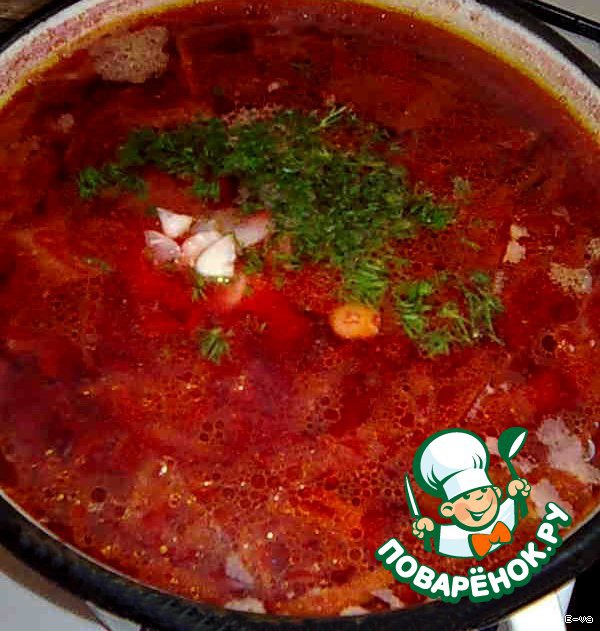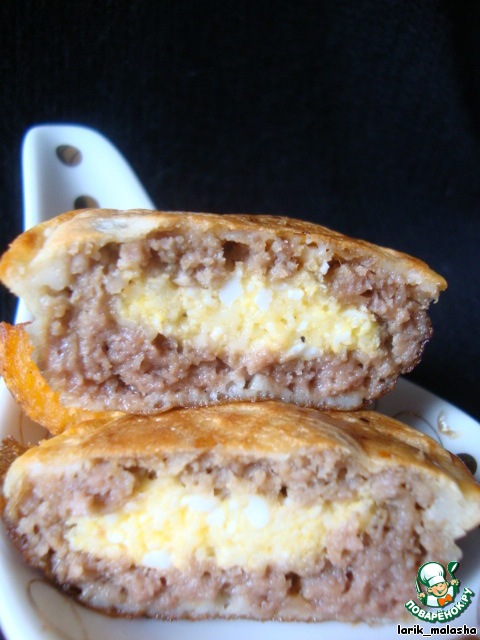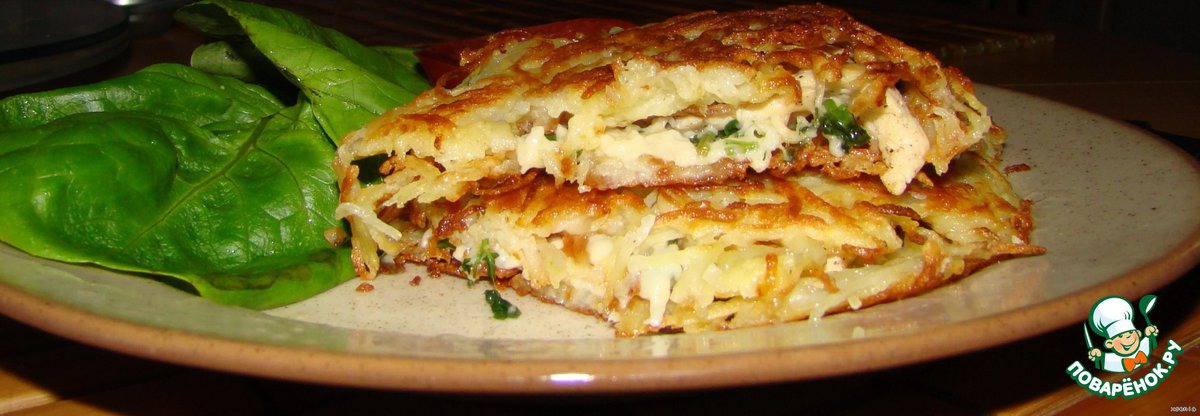Description

Young cheese in a Greek style. We must understand that true feta is made in Greece from sheep's and goat's milk cheese but this recipe turns out pretty close to the original.
Ingredients
-
Milk
2 l
-
Sourdough
-
Rennet
0.04 g
-
Water
0.5 l
-
Salt
50 g
Cooking

The milk is heated to 35 degrees. Add the starter culture. Best special culture of mesophilic bacteria, but if not, then you can use sour cream, buttermilk or whey. If using a mesophilic bacteria culture, then add according to the instructions, if sour cream, buttermilk or whey, then 2 tablespoons. Mix well. Leave for half an hour.

Dissolve in a little cold water, rennet, add milk and stir. Leave on for 30-60 minutes. Should form a clot. Check out clot on the "clean break". To do this, dip a clot in your finger, remove it, it needs to stay clean. If the clot has not formed, leave on for some time. Cut the clot into cubes of side 3 cm

Leave on for 5-10 minutes to curd sank to the bottom. Place the curd in a water bath with a temperature of 35 degrees. Keep on water bath for 20-30 minutes, occasionally stirring gently. Line a rimmed gauze sieve. Place the curd in a colander, drain the whey. The serum is not empty, it will be useful, for example, for baking. Hang the curd in the cheesecloth. Leave the gauze sopressatta on the day. Every few hours flip the cheese to impressively in different directions.

Prepare the brine. In boiled water add salt. Also, I recommend adding calcium chloride. Can pharmacy. On a pint of brine 2 capsules. This is to ensure that in the process of storage and aging of cheese brine is not washed out calcium from the cheese. Cheese cut into 3-5 cm pieces and place in a jar. Pour the brine. In Greece, feta is aged in brine for at least 20 days, but you can try after a few hours.





Leave a comment or a recipe review
Leave comments can only registered users.
Register, or Login if you are already registered.